
Lolium persicum is a species of flowering plant in the family Poaceae. It is referred to by the common names Persian darnel or Persian ryegrass, and is an annual grass. It has an upright stem, branching from a reddish base, up to 45 cm tall. Its leaves are lower surface glossy, dark green, 6 mm wide.

Cotoneaster is a genus of flowering plants in the rose family, Rosaceae, native to the Palaearctic region, with a strong concentration of diversity in the genus in the mountains of southwestern China and the Himalayas. They are related to hawthorns (Crataegus), firethorns (Pyracantha), photinias (Photinia), and rowans (Sorbus).

Cotoneaster franchetii is a species of Cotoneaster native to southwestern China, in the provinces of Guizhou, Sichuan, Tibet, and Yunnan, and also in adjacent northern Myanmar and northern Thailand.

Cotoneaster integerrimus, the common cotoneaster, is a species of Cotoneaster native to central and eastern Europe and southwest Asia, from southern Belgium and eastern France south to Italy, and east through Germany to the Balkans, northern Turkey, the Crimea, the Caucasus and northern Iran; plants in Spain may also belong in this species. In the past, it was treated in a wider sense, including plants from Wales now split off as Cotoneaster cambricus and plants from Scandinavia now treated as Cotoneaster scandinavicus, but differs from these in genetic profile and detail of foliage and fruit.
Crataegus heldreichii is a species of flowering plant in the family Rosaceae. It is a hawthorn with red fruit that is native to Albania, Bulgaria, Greece and Yugoslavia.

Rothmaleria is a genus of flowering plants in the dandelion family, Asteraceae.
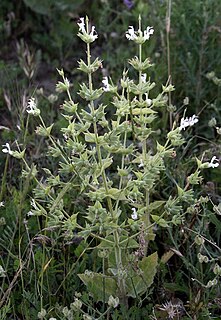
Salvia macrosiphon is a species of flowering plant in the mint family, Lamiaceae. It is native to Iraq, Iran, Pakistan, Afghanistan, Transcaucasia, and Turkey, where it grows at the edges of fields. It is a perennial herb with a white corolla and ovate nutlets. It flowers in May and fruits from June onwards. Although the plant is similar to S. spinosa, it differs in that it has narrower leaves and calyces, is less indurate and has less spiny fruiting calyces, and possesses a longer corolla tube.

Thymus carnosus is a species of flowering plant in the family Lamiaceae. It is native to southern Portugal and Spain. It is a woody, upright perennial to 41 cm (16 in) tall, with clusters of fleshy, oval, light green to grey-green leaves, furry on their undersides. Its white, lilac, or pink flowers are borne on 41 cm (16 in) spikes and are protected by oval green bracts.
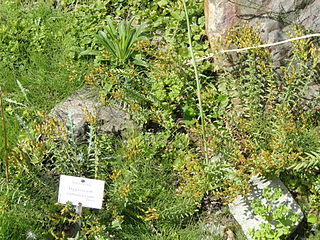
Hypericum rumeliacum is a species of flowering plant in the family Hypericaceae, native to southeastern Europe.
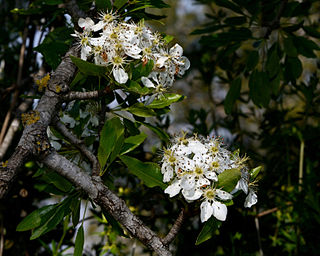
Pyrus syriaca is a deciduous tree in the Rosaceae family. It is referred to by the common name Syrian pear. It is the only pear species which grows in the wild in Lebanon, Turkey, Syria and Israel.
Melica eligulata is a species of grass in the family Poaceae. It is native to Afghanistan, Iran, Iraq, Lebanon, Syria, and Turkey.

Melica penicillaris is a species of grass in the Poaceae family. It is endemic to Inner Anatolia, Turkey where it grows on bushy hills, rocky slopes, limestone surfaces, and in gullies at 1,000–1,800 metres (3,300–5,900 ft) above sea level.
Melica rectiflora is a species of grass in the family Poaceae. It is native to Greece and Crete.

Narcissus gaditanus is a species of the genus Narcissus (daffodils) in the family Amaryllidaceae. It is classified in Section Juncifolii, and is native to the southern Iberian Peninsula.

Fritillaria gibbosa is a species of herbaceous perennial plant in the lily family Liliaceae. It is native to Afghanistan, Iran, Pakistan, Turkmenistan, and Transcaucasia.
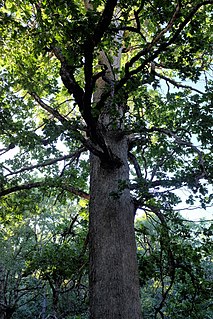
Quercus vulcanica is a species of flowering plant in the Fagaceae family. It is referred to by the common name Kasnak oak, and is a rare species of tree native to Lebanon, Syria, and Turkey.
Hypericum pubescens is a perennial herb in the Hypericaceae family. It is in the section Adenosepalum.
Erodium astragaloides is a species of flowering plant in the geranium family Geraniaceae. It is endemic to Sierra Nevada, southern Spain.
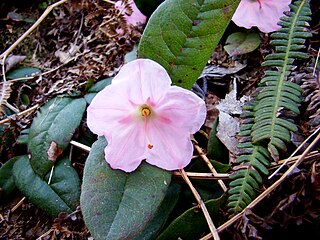
Epigaea gaultherioides is a species of flowering plant in the Ericaceae family. It is native to Transcaucasia and Turkey.
Asperula breviflora is a species of flowering plant in the family Rubiaceae. It was described in 1849 and is endemic to Syria.













